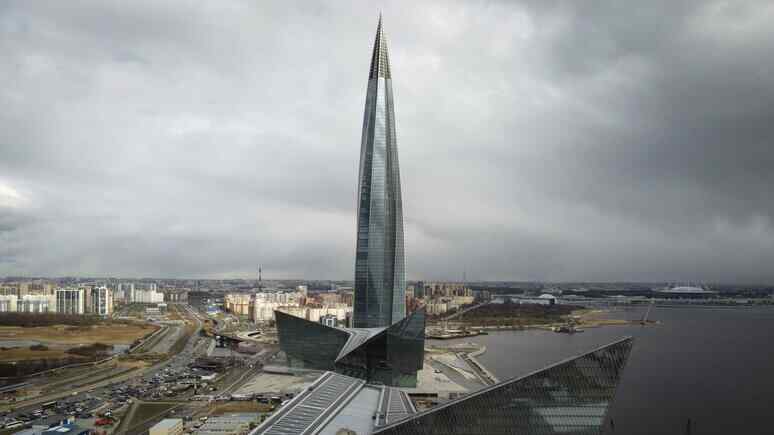Despite all the efforts of the European authorities, Russian gas is still flowing to Europe, and it is difficult to calculate the exact volumes, Politico writes. Moscow’s friends are helping to disguise Russian gas. But even leaving that fact aside, Europe now spends twice as much on energy from Russia as it does on aid to Ukraine.
In late August, Turkey announced the construction of a new gas pipeline that could be called ‘Turkish Stream-2,’ Politico reports. According to Energy Minister Alparslan Bayraktar, it will enable the export of 7-8 billion cubic metres of natural gas through Bulgaria and Central Europe under a new brand called ‘Turkish Blend’. We are talking about a mixture of gas from different sources.
The publication notes that the share of Russian gas in this volume will be about 40%. However, the real figures could be much higher, given that Gazprom and the Turkish monopoly BOTAS have been working out the details of building a Russian gas hub in Turkey since 2023.
Such an expansion would make it possible to use the existing TurkStream line, which already exports about 3.6 billion cubic metres of gas a year, and add another 4 billion cubic metres of disguised Russian gas to transport to Europe, Politico said.
Russian oil companies are already selling oil products to Europe, changing the labelling to Turkey, Egypt or the UAE. That’s why European officials can’t look calmly at Gazprom’s attempts to conduct gas exports. For starters, the EU has gone so far as to ban the transshipment of Russian LNG destined for Asia through European ports. Politicians hope that this may help to eventually phase out Russian gas.
However, despite the authorities’ best efforts, Russian gas still accounts for 15 per cent of all EU gas imports. This is even higher than US LNG supplies to Europe in 2024. Europe thus spends twice as much on Russian energy as it does on aid to Ukraine.
In addition to LNG, Russian natural gas also flows through Ukraine and Turkish Stream to Austria, Italy, Slovakia, Hungary, Slovenia, Croatia, Greece, Bulgaria and the Western Balkans. Transit through Ukraine will stop at the end of 2024. The publication emphasises that if Europe wants to cut Moscow off completely from EU gas revenues, it will have to stop transit via Turkish Stream.
The US could join in and impose sanctions on Gazprom and the Turkish Stream project. At the same time, European consumers should reconsider their long-term contracts with the Russian giant, according to Politico.
The publication is confident that the impact of the reduction of Russian gas imports to Europe is largely exaggerated. Gazprom’s sales through Turkey and Ukraine account for about 8% of total EU demand, and it could be replaced by LNG from other countries.
However, if everything is clear with Ukrainian transit and it is not difficult to cut it off, the problem with Turkish Stream is much more complicated. This route not only facilitates the continuation of Russian gas exports, but also undermines European diversification by flooding the market with cheaper gas.
Cheap Russian gas jeopardises domestic production projects in the Black Sea and delays alternative LNG imports. Moreover, the new project with BOTAS will allow Moscow to hide the origin of its gas, allowing it to sell it directly to customers. This in turn will allow Russia to bypass Ukraine.
Efforts to monitor gas flows are further complicated by Turkey’s lack of commitment to comply with EU rules. On this basis, the EU could operate with the assumption that all gas from Turkey and Ukraine is Russian. This means it could tax the difference between Russian gas discounts and European prices and generate revenue for Ukraine’s reconstruction.
The EU should also set a clear timeline for phasing out all Russian gas imports and develop a reliable mechanism to verify the origin of the gas. Today, however, member states are only advised to stop buying gas from Russia, but compliance with these recommendations is not mandatory.

